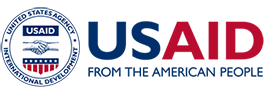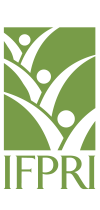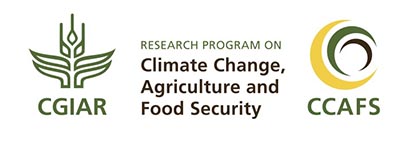To facilitate the use of Feed-the-Future Open Agriculture and Nutrition Datasets in agricultural research and development, the IFPRI's Gender, Climate Change and Nutrition Integration (GCAN) team harmonized and standardized the Bangladesh Integrated Household Survey (BIHS) (2011 and 2015, available on IFPRI Dataverse) across four key food security-relevant domains (climate, agriculture, nutrition, and gender), with the objective to make household-level data more accessible and interoperable with other databases, and in particular with spatially-explicit, biophysical data layers. The harmonization and standardization will allow users to work with the BIHS and other Feed-the-Future survey data across countries, with the same variable definitions, labels, and contents.
The following two groups of datafiles have been constructed: a. spatial (in raster form) and b. unit-level data (household- and child-level). For the spatial data, separate datafiles have been provided on agro-ecological zone (AEZ); 1950-2015 annual rainfall and temperature; elevation; market access (expressed in travel time to cities with populations of 20,000, 50,000, 100,000, 250,000, 500,000 ); monthly averages for2011 and 2015 of the Normalized Difference Vegetation Index (NDVI); yield, quantity and value of production, and 2005 area harvested from the Spatial Production Allocation Model (SPAM)
For the household- and child-level data, the following 7 variables groups (with number of variables for each group) have been constructed, separately for household and child:
- identifier/locational (household: 7; child: 8)
- demographics (household: 19; child: 9)
- socio-economic (household: 34)
- female empowerment (household and child: 23)
- food security (household 22; child: 2)
- biophysical (household and child: 167)
- anthropometry (child: 27)
The biophysical variables (#6), at different resolution depending on the specific dimension, have been matched at the household- and child-level through GPS coordinates, offset by up to 2.5km to ensure confidentiality. With these data, users (researchers, practitioners, policy makers) can answer relevant questions, having a household-level dataset with multiple dimensions relevant for development that can be analyzed at different levels. Moreover, as more harmonized and standardized datasets become available in the future through the GCAN project, policy-relevant analysis can be carried out cross-country, looking at heterogeneity in response to the same question depending on the specific country, landscape and agroecology.
These data have also been used in the first Feed the Future DATATHON event, published on Dataverse, and linked to the GCAN/IFPRI page.



